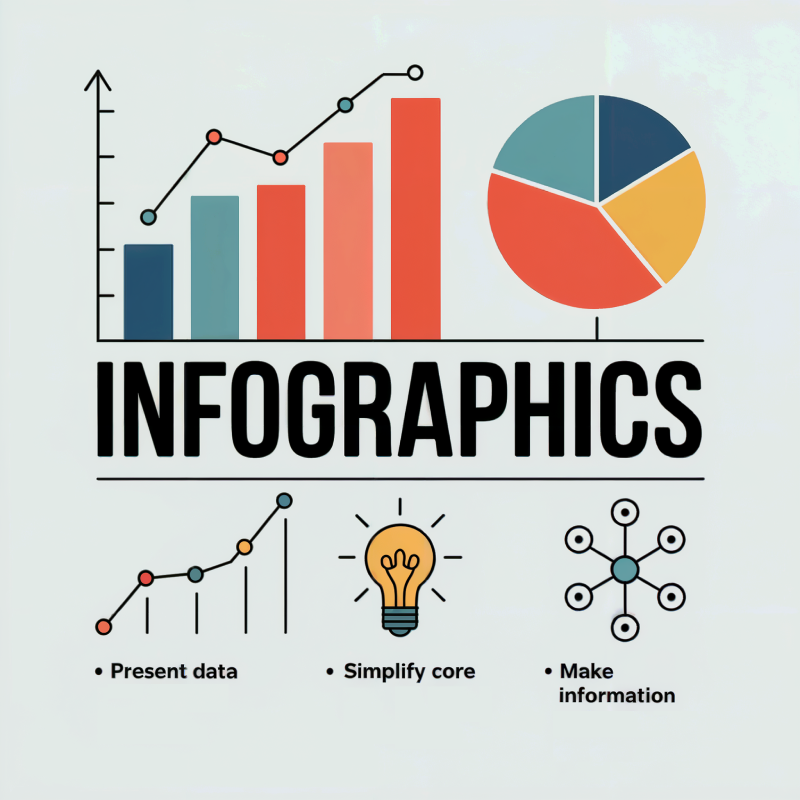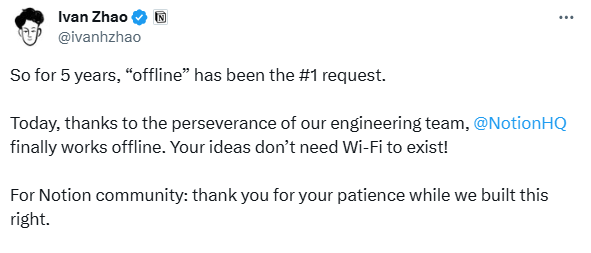It is very easy to get information across fast and clearly with infographics. They turn hard ideas into interesting, easy-to-understand material by mixing numbers and pictures. Their success comes from the fact that they help people remember things better by making information easier to understand and remember. Infographics make data easier to understand, grab people’s attention, and stress important points. They can be used in business, education, or marketing.
We’ll talk about the most common types of infographics and how they can be used in different areas in this blog. You’ll understand why these visual aids are so important for modern conversation by the end.
What is Infographic Design
Infographic design is the process that creates images to simplify and transmit information, data, or expertise. Infographics use a combination of visuals like icons, charts, graphs, and brief text to help people grasp complicated concepts. These visualizations, such as infographic poster design, break down complex issues quickly and efficiently, making the material more memorable and engaging for viewers.
From infographic product design that highlights key features of a product to infographic background design that sets the tone and makes the data stand out, infographics can be tailored to suit any need. For simpler designs, infographic simple design focuses on minimalism to communicate essential points without distractions. For more detailed data, infographic table design allows for easy comparison of numbers and stats in a clear, organized format.
The infographic best design is one that combines clarity, simplicity, and visual appeal. A well-designed infographic makes complex ideas accessible and memorable. Infographic timeline design is perfect for presenting events or processes in chronological order, providing a clear and structured way to view the progression of information.
Infographics are widely used in many industries, including business, education, healthcare, and marketing, to present facts in a more accessible and attractive format. They help viewers understand essential ideas and remember crucial information by translating facts into pictures.
How Do I Create an Infographic?
Creating an infographic might seem complicated, but it’s easier than you think. Thanks to various online tools and templates, you can easily make your own unique and custom infographics in minutes. Whether you need to design a simple infographic or a more complex one, there are fully customizable infographic templates, professionally designed to be used by non-designers.
By using these templates, you can design compelling infographics that your fans will love to share. Infographic design tools allow you to level up your PowerPoint presentations with infographic design templates, giving them a polished, professional look. These tools offer a wide range of options, from basic designs to more advanced templates, ensuring you can tailor the design to your needs.
What are the 7 Common Types of Infographics?
Infographics come in many different types, each designed to present information in a unique and easy-to-understand way. Here are 7 of the most common types of infographics:
1. Listicle Infographics
Infographics with lists make it easier to understand complicated ideas by putting them in a clear, numbered order. They’re great for making it easy to find and understand important facts, steps, or tips. List-style charts help people quickly understand the most important points and concentrate on the most important things.
2. Comparative Infographics
Comparative infographics are used to compare two or more things, showing the similarities and differences between them. They are perfect for highlighting pros and cons or comparing products, services, or features. These infographics make it easy for the audience to evaluate and make decisions by clearly displaying the differences side by side.
3. Charts & Statistical Infographics
Charts and statistical infographics are designed to present data and statistics in a visual format. They often use pie charts, bar graphs, or line graphs to represent trends, comparisons, or data distributions. These infographics are ideal for making complex data easier to understand at a glance and are often used in business and research to visualize important metrics.
4. Visual Infographics
Visual infographics rely on images, icons, and illustrations to communicate information. These infographics use pictures to represent ideas, making the data more relatable and easy to grasp. Visual infographics simplify complex topics by focusing on visuals rather than long blocks of text, helping the viewer understand key points quickly.
5. Geographical & Map Infographics
Geographical infographics focus on location-based data, using maps or regional statistics to highlight geographic trends. These infographics are especially useful for comparing different locations, displaying demographic data, or showing the impact of a specific region. Geographical infographics help the audience easily understand location-specific information.
6. Timeline Infographics
Timeline infographics organize information in chronological order, making them perfect for showing the sequence of events, milestones, or processes over time. These infographics help people understand how something developed or progressed, whether it’s a historical event or the steps in a project. They’re ideal for providing a clear, visual path of how things unfold.
7. Informational Infographics
Informational infographics are designed to convey facts and key information in a clear and structured format. They combine text, visuals, and data to break down complicated information into smaller, digestible parts. Informational infographics are great for summarizing large amounts of information, offering a quick overview of a topic in an easy-to-follow way.
Conclusion
Infographics are graphic visual representations of information, data, or knowledge, making them an essential tool for communicating complex concepts. Whether you’re creating an infographic poster design, infographic product design, or infographic table design, there are a variety of options to help you present your information clearly and engagingly. With the ability to easily make your own unique and custom infographics in minutes, anyone can design compelling visuals that will grab attention and enhance communication.
Level up your PowerPoint presentations with infographic design templates or explore a selection of fully customizable infographic templates, professionally designed to be used by non-designers. Design compelling infographics your fans will love to share with our selection of premium infographic templates, and you’ll be able to communicate your message in the most effective way possible












